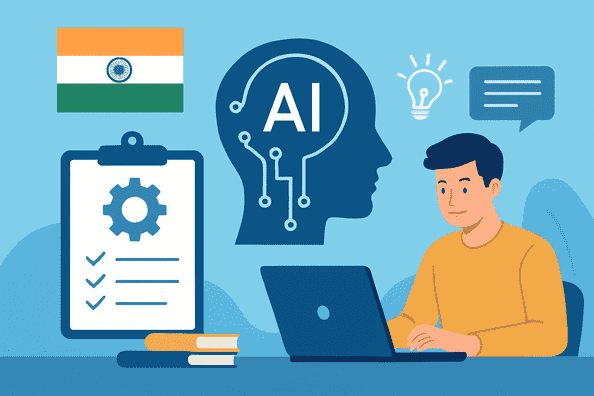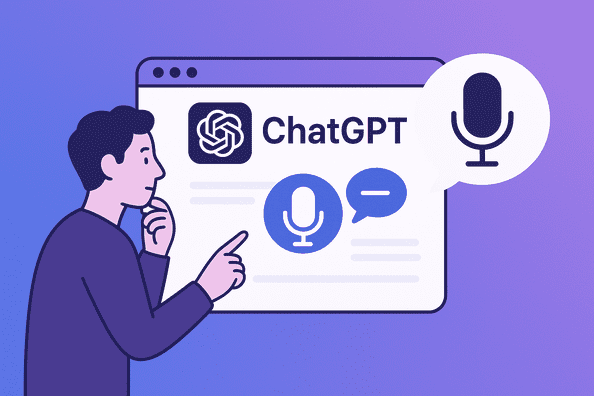Artificial Intelligence has leaped from sci-fi dream to everyday reality, reshaping industries, societies, and our very conception of intelligence. AI Breakthroughs in recent years—from transformers that master language to autonomous agents navigating our cities—have fueled a global race toward superintelligence. This blog post delves into that race, examining groundbreaking advances, real-world case studies, ethical dilemmas, and balanced insights. Whether you’re a curious professional, a policymaker, or an enthusiast, this post will illuminate where we stand, where we might be headed, and how to navigate both the promise and peril of the superintelligence frontier.
The Evolution of Intelligence: From Narrow to General
Narrow AI: Specialized Excellence
In its infancy, AI research focused on narrow tasks: image recognition, speech transcription, recommendation engines. Google’s AlphaGo in 2016 demonstrated AI’s capacity to master a complex board game, defeating world champion Lee Sedol. Although remarkable, AlphaGo could not translate its “Go intelligence” to chess or language understanding: it was purpose-built, or “narrow,” AI.
Toward Artificial General Intelligence (AGI)
The concept of Artificial General Intelligence (AGI) envisions machines with flexible, human-level problem-solving capabilities. OpenAI’s GPT series marked a pivotal step—GPT-3 and GPT-4 exhibit zero-shot learning, composing poetry, drafting code, and even crafting plausible legal arguments. Yet AGI remains elusive: despite their breadth, these models stumble on logical reasoning and long-term planning. They reflect a broader trend: incremental breakthroughs in architecture and scale, but still shy of true generality.
Key Breakthroughs Propelling the Race
Transformer Architectures and Scaling Laws
The introduction of transformer architectures revolutionized natural language processing. By attending to all parts of an input simultaneously, transformers achieve context-aware understanding. Scaling laws—empirical relationships between model size, compute, and performance—have guided developers to push parameters into the hundreds of billions, giving rise to language models that can generate code, translate languages, and answer complex queries with impressive fluency.
Multimodal Learning: Blending Senses
Real-world intelligence relies on integrating vision, language, and action. Breakthroughs in multimodal models—such as OpenAI’s CLIP and Google’s PaLM-E—immerse machines in visual and textual contexts simultaneously. A robot powered by multimodal understanding can read instructions, perceive its environment, and manipulate objects—bringing us closer to AI that sees, listens, and reasons like humans.
Reinforcement Learning and Real-World Control
Reinforcement learning (RL) has gained traction in robotics and game playing. DeepMind’s AlphaZero generalized from Go to chess and shogi, learning purely through self-play. In industry, RL is driving warehouse automation, optimizing energy grids, and even refining financial trading strategies. As RL algorithms evolve, so does their capacity to make long-term decisions in complex environments—an essential ingredient for AGI.
Real-World Case Studies
Healthcare Diagnostics
AI Breakthroughs have been transformative in healthcare. Deep learning systems now diagnose diabetic retinopathy from retinal scans with sensitivity rivaling specialists. In oncology, AI algorithms recommend personalized treatment plans based on genomic data and historical outcomes. Yet these systems still rely on curated, narrow problem definitions. The next frontier is adaptive diagnostic assistants that integrate patient history, evolving symptoms, and emerging medical literature in real time.
Autonomous Vehicles
Self-driving cars epitomize the promise and difficulty of real-world AI. Tesla’s Autopilot, Waymo’s robotaxis, and GM’s Cruise are unleashed by breakthroughs in sensor fusion, mapping, and reinforcement learning. Despite substantial progress, fully autonomous navigation in unpredictable human spaces remains a challenge: from handling unmarked roads to anticipating pedestrian behavior. Each milestone—such as city-wide robotaxi services—signals that the superintelligence race extends beyond labs and into our streets.
Finance and Algorithmic Trading
High-frequency trading firms employ AI for microsecond-level arbitrage, price prediction, and risk management. Breakthroughs in deep learning enable pattern detection in colossal data streams—spotting market anomalies before human traders. Yet during crises like Flash Crash 2010, algorithmic feedback loops magnified volatility. The evolving frontier is “explainable AI” for finance, balancing speed and transparency to maintain market stability.
Balancing Progress and Precaution
Ethical and Societal Implications
As AI Breakthroughs accelerate, so do ethical concerns. Bias in training data can lead to discriminatory outcomes—whether in loan approvals or hiring decisions. Privacy risks emerge when models ingest personal communications. Society must ask: who bears responsibility when an AI system fails? Diverse, interdisciplinary oversight boards and robust regulation will be essential to steer the superintelligence race toward equitable outcomes.
The Safety Imperative
Superintelligence could potentially outpace human control. Leading AI thinkers like Stuart Russell and Yoshua Bengio advocate for reinforcement of “alignment research”—ensuring AI goals remain congruent with human values. Proposals range from provable mathematical safeguards to sandboxed testing environments that limit potential harm. While no silver bullet exists, the growing field of AI safety represents a necessary brake alongside the accelerator of innovation.
Government, Industry, and Collaboration
Competitive Dynamics
Nations recognize AI as an economic and strategic asset. The U.S., EU, China, and others are investing billions in national AI initiatives. Tech giants such as Google, Microsoft, and Tencent vie for supremacy in compute infrastructure and model patents. This competitive landscape accelerates progress but risks fragmenting standards and best practices. International collaboration on safety norms and data-sharing frameworks can help harmonize efforts.
Open Research vs. Proprietary Development
Open-source projects like Meta’s LLaMA and EleutherAI’s GPT-Neo democratize access to large models, fostering innovation across academia and startups. Proprietary advances—like OpenAI’s GPT-4 Turbo—often drive breakthroughs behind closed doors. Striking a balance between openness and responsible governance is critical: open models spur creativity, but without oversight, they can also fuel malicious use.
Personal Insights: Navigating the Superintelligence Trajectory
Drawing from a decade of working alongside AI teams, three observations stand out:
Iterative Progress Over Overnight Miracles
Most breakthroughs stem from gradual improvements—data curation, hyperparameter tuning, and architectural refinements—rather than singular Eureka moments. Patience and sustained investment in fundamentals pay dividends.
Interdisciplinary Synergy Is Key
The fusion of computer science, neuroscience, ethics, and social science yields more robust AI systems. Teams that integrate domain experts—doctors, urban planners, educators—accelerate both innovation and responsible deployment.
Human-AI Partnership
The most powerful applications arise when AI amplifies human abilities rather than replaces them. Consider AI-assisted design tools that let architects explore unconventional structures or language models that help writers brainstorm fresh angles. This symbiosis paves a pragmatic path toward more capable, safe intelligence.
Forecasting the Next Five Years
Near-Term Advances
Expect continued model scaling, enhanced efficiency through sparse architectures, and expansion of multimodal capabilities. AI-powered personal assistants may handle complex errands, from travel booking to basic legal advice. In healthcare, real-time monitoring and predictive analytics could shift care from reactive to proactive.
Mid-Term Milestones
By 2030, we might see the first AGI prototypes: systems that learn across diverse tasks with minimal human supervision. Collaborative robotics will permeate manufacturing and services, teaming with humans in factories, hospitals, and homes. Yet the balance between autonomy and control will remain a tightrope walk.
Long-Term Impact
A true superintelligence could catalyze radical scientific discoveries—novel materials, cures for diseases, sustainable energy solutions. Conversely, unchecked development could exacerbate inequality, concentrate power, and pose existential risks. How we govern and guide AI in the next decade will determine whether superintelligence becomes humanity’s greatest ally or its most formidable challenge.
Conclusion
AI Breakthroughs have propelled us into a superintelligence race unlike any technological contest before. From narrow achievements in image recognition to the tantalizing horizon of AGI, each advancement introduces both remarkable opportunities and profound responsibilities. By championing collaboration, prioritizing safety, and fostering human-AI partnerships, society can steer toward a future where superintelligence amplifies our collective potential. The race is on—and its finish line will be defined not by who builds the most powerful AI, but by who builds it most wisely.



